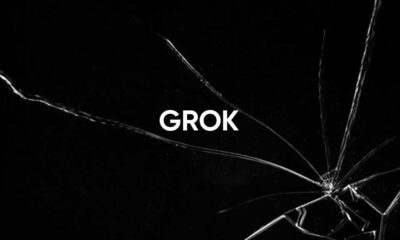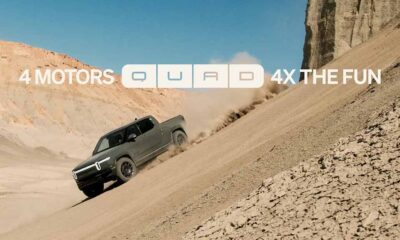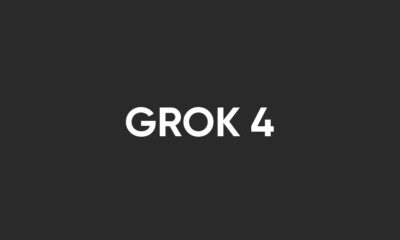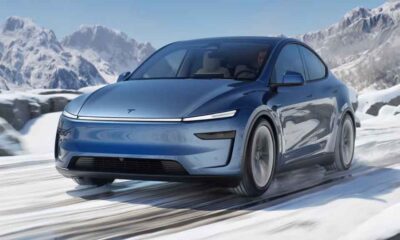Space
NASA gave Boeing Starliner a GO for human flight test
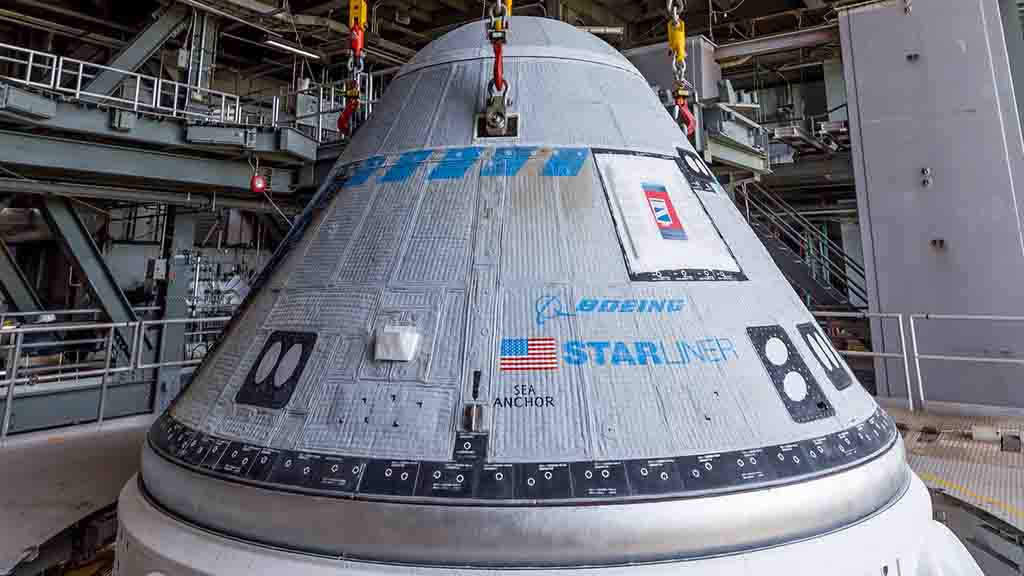
NASA has cleared Boeing Starliner spacecraft to fly its human space flight test mission to the International Space Station. The Starliner spacecraft has a diameter of 15 feet (4.56 meters) and can steer automatically or manually. It can house up to four astronauts or a mix of crew and cargo.
Starliner received a go after after a Flight Test Readiness Review at NASA’s Kennedy Space Center in Florida. The review includes pre-launch milestones ahead of all human spaceflight missions. It enables briefings and discussion on technical aspects of the mission for NASA and its partners.
The space agency confirmed that the launch rehearsal is on the way to make this flight successful. NASA, Boeing, and United Launch Alliance (ULA) have also completed a start-to-finish mission dress rehearsal on Friday for this crewed flight test.

Boeing Starliner Spacecraft (Image Credit: Boeing)
This rehearsal includes a series of launch date milestones such as suiting up, working in a flight deck simulator, and operating software similar to spacecraft during liftoff.
The test flight will host NASA astronauts Butch Wilmore (commander) and Suni Williams (Pilot). The spacecraft will be led by ULA’s Atlas V rocket from Space Launch Complex-41 at Cape Canaveral Space Force Station in Florida.
These partners are planning a launch no earlier than Monday, May 6 at 10:34. However, the schedule may change based on various aspects including weather. The crew will spend a week at the orbital lab before the crew spacecraft returns to Earth with a parachute and airbag-supported landing in the southwestern US.
With a successful test, NASA will certify Starliner and its systems for crew rotation missions to the space station. Starliner arrived at the Space Launch Complex on April 16 and placed on the Atlas V rocket. This setup will be transported to the pad on May 4th to make it vertical on the launch pad.
(source)

